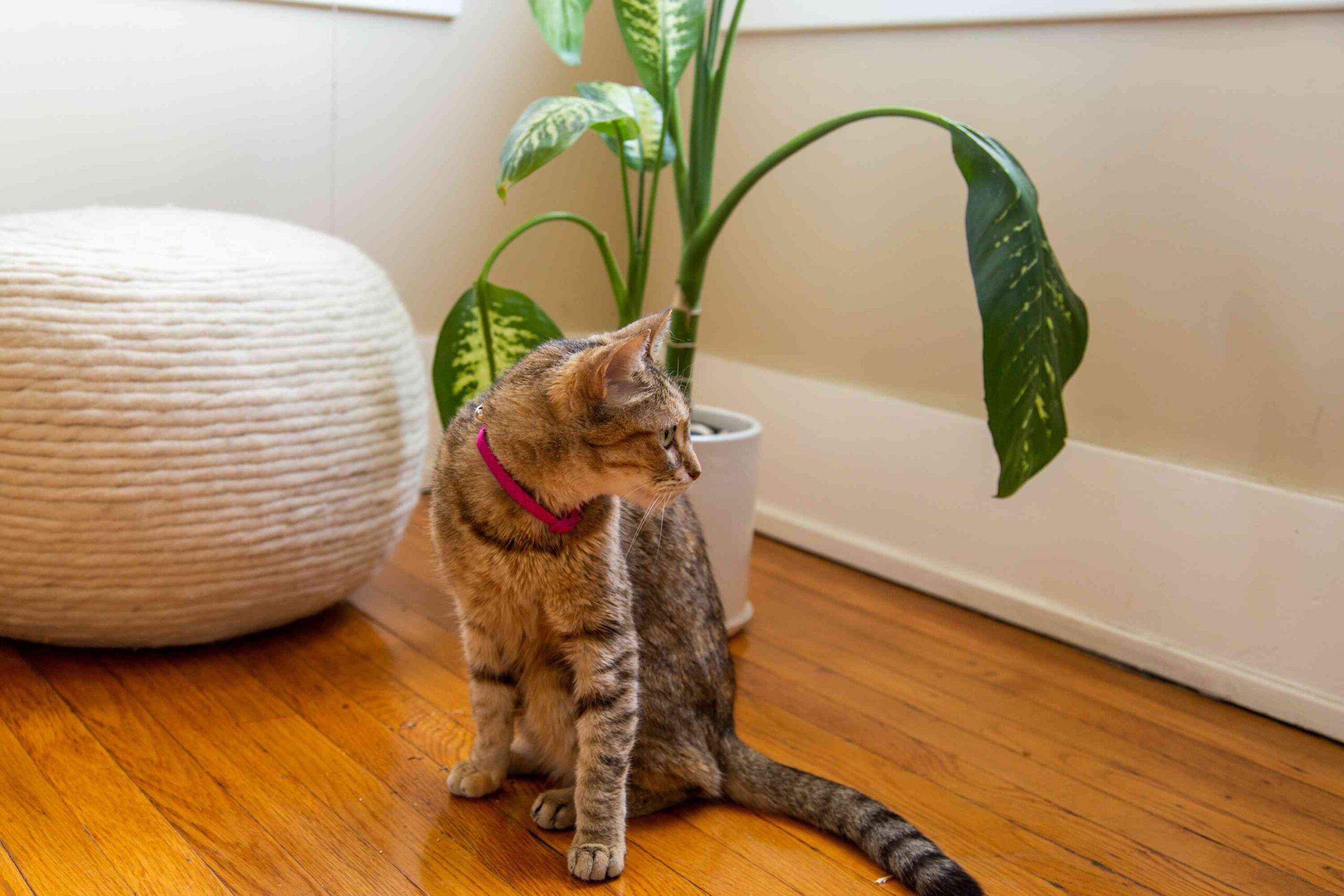This content is a list of 10 common household plants that are toxic to pets. Each plant is briefly described, highlighting the specific toxic compounds and the potential symptoms if ingested by pets. The plants mentioned include Aloe Vera, Lilies, Peace Lily, English Ivy, Pothos, Sago Palm, Dieffenbachia, Philodendron, Snake Plant, and ZZ Plant. The content emphasizes the importance of being aware of these toxic plants and taking necessary precautions to keep them away from pets to ensure their safety and well-being.
10 Common Household Plants That Are Toxic to Pets
1. Aloe Vera
Aloe vera is a popular plant known for its gel that can be beneficial for humans. However, this plant contains saponins, which are toxic to pets, particularly cats and dogs. If ingested, it can cause vomiting, diarrhea, excessive drooling, and even tremors.
2. Lilies
Lilies are widely recognized for their beauty and fragrance. Unfortunately, these flowers can be extremely toxic to cats, often leading to kidney failure. It is crucial to keep lilies far away from your feline friends, as even the pollen or leaves can be dangerous.
3. Peace Lily
While peace lilies are a common houseplant, they are also poisonous to pets, especially cats and dogs. Ingesting any part of the plant can cause oral irritation, vomiting, difficulty swallowing, and in severe cases, it may even lead to organ damage.
4. English Ivy
English Ivy is an attractive trailing plant that can add a touch of elegance to any room. However, it contains saponins and polyacetylene compounds that can cause salivation, vomiting, diarrhea, and abdominal pain if pets, such as dogs or cats, consume it.
5. Pothos
Pothos, also known as Devil’s Ivy, is another popular indoor plant that is mildly toxic to pets. It contains calcium oxalate crystals, which can cause oral irritation, intense burning, drooling, and difficulty swallowing if chewed or ingested.
6. Sago Palm
The Sago Palm may enhance the aesthetic of your home, but it is highly toxic to pets, particularly dogs. All parts of this palm, including the seeds, leaves, and roots, contain cycasin, which can lead to liver failure, seizures, and even death if consumed by pets.
7. Dieffenbachia
Dieffenbachia, also known as Dumb Cane, is a popular indoor plant with beautiful, variegated leaves. However, it contains calcium oxalate crystals that can cause severe oral irritation, intense burning, swelling, and difficulty breathing if chewed or ingested by pets.
8. Philodendron
Philodendrons are wonderful houseplants and come in various shapes and sizes. Nonetheless, they contain insoluble calcium oxalate crystals, which can cause intense oral irritation, burning, excessive drooling, and difficulty swallowing if consumed by pets.
9. Snake Plant
Also known as Mother-in-Law’s Tongue, Snake Plants are popular for their resilience and air-purifying properties. However, they contain saponins that are toxic to pets if ingested, causing symptoms such as nausea, vomiting, diarrhea, and even tremors.
10. ZZ Plant
The ZZ Plant, scientifically known as Zamioculcas zamiifolia, is a low-maintenance plant that adds greenery to any space. However, if pets, especially cats and dogs, nibble on its leaves or stem, it can cause vomiting, diarrhea, excessive drooling, and even difficulty breathing.
While plants can bring life and beauty to our homes, it is crucial to be mindful of those that may pose a threat to our furry friends. If you are a pet owner, consider avoiding these toxic plants or placing them out of reach to ensure the safety and well-being of your beloved companions.
